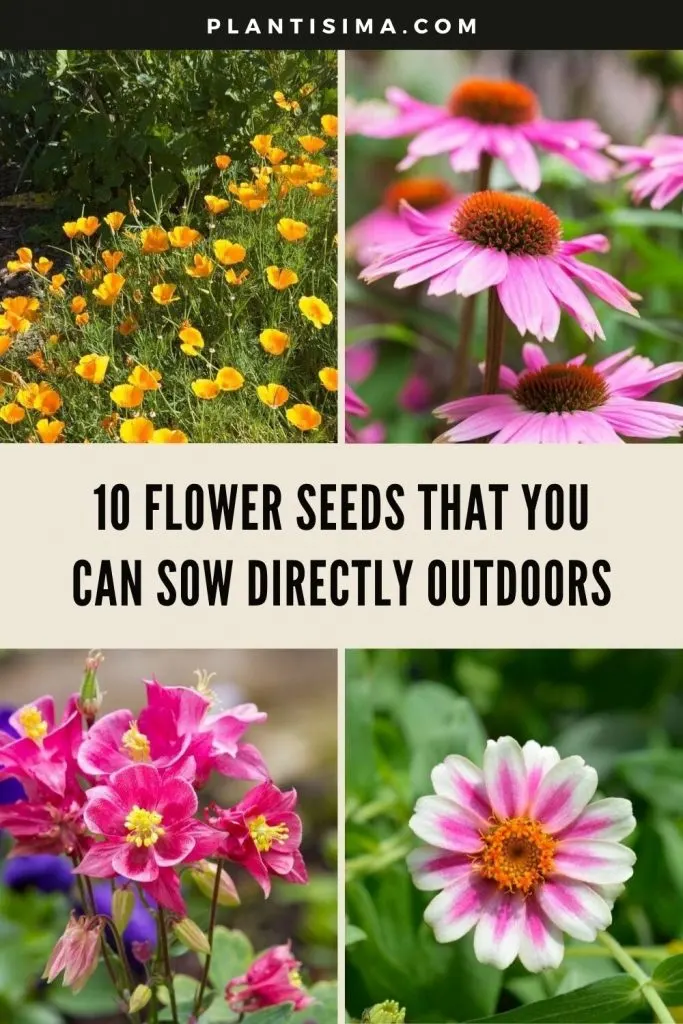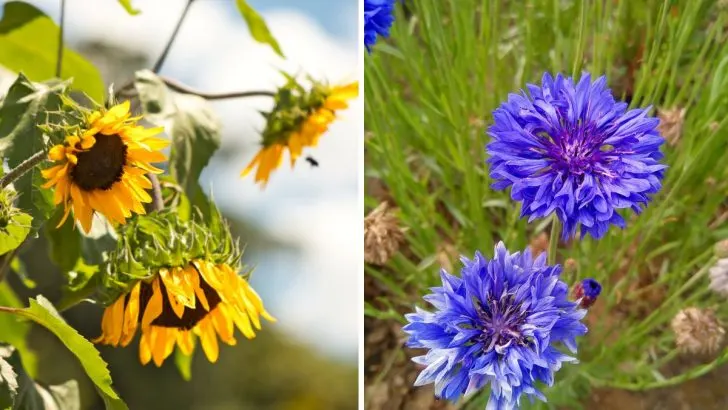Filling your garden with a variety of beautiful flowers can be as simple as scattering seeds on the ground.
Yes, it’s really that easy. Choose a sunny spot, enrich the soil with compost, follow the instructions on the seed packet for sowing, water well, and watch your garden grow.
Growing flowers and other ornamental plants from seeds is not only more economical than buying seedlings year after year, but it also gives you a greater variety of blooms to choose from. Many annual flowers that thrive from seed are also self-sowing—buy them once, and they’ll return year after year.
In this guide, we’ve rounded up the easiest flower seeds you can sow directly in your garden.
These beginner-friendly, hardy plants will take root and flourish within a season or two, transforming your garden into a vibrant oasis.
1. Columbine (Aquilegia)
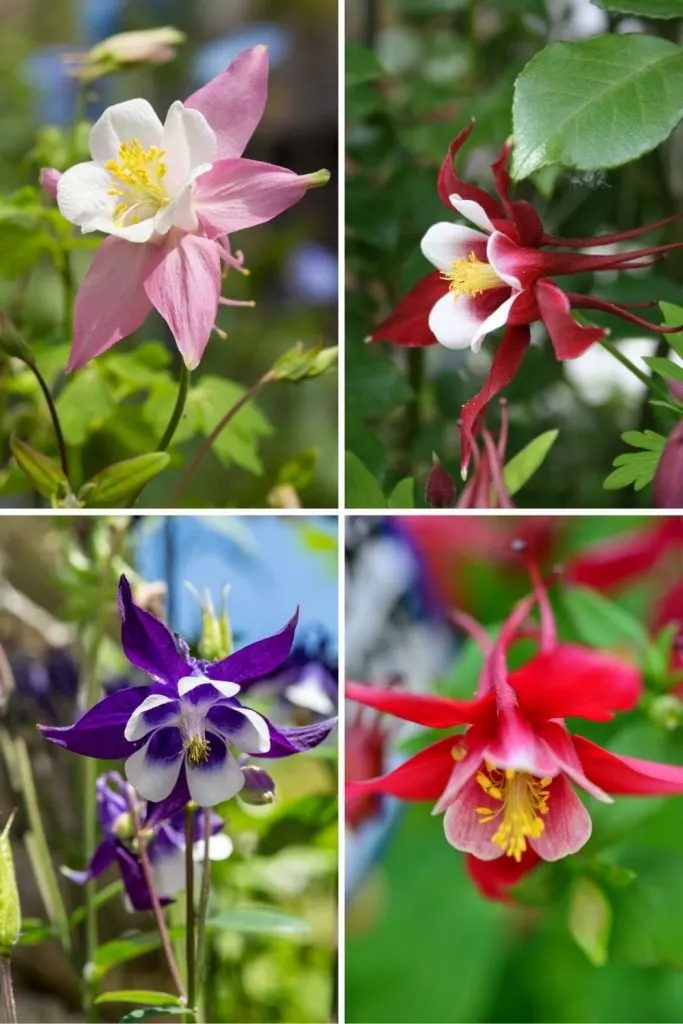
Columbine is a large genus of flowering plants found in meadows and woodlands of the Northern Hemisphere. With over 70 species and numerous hybrids, there’s a wide variety of colors and flower shapes to choose from.
This charming, bushy perennial blooms in late spring with delicate, bell-shaped flowers. Columbine is easily recognized by its spurred petals that form a star-shaped frame around the flower head.
Columbine seeds are easy to grow. Although the plant is short-lived (2-3 years), it self-sows abundantly, ensuring it will naturalize in your garden.
For best results, sow Columbine seeds in autumn or mid-winter, as they require a cold period (stratification) of 3-4 weeks to germinate. When the soil warms in spring, the seeds will sprout within 30-90 days.
• Hardiness zone: 4 to 8
• Sunlight: Full sun to partial shade
• Bloom time: April to May
• Attracts: Butterflies and bees
2. Pansies (Viola)
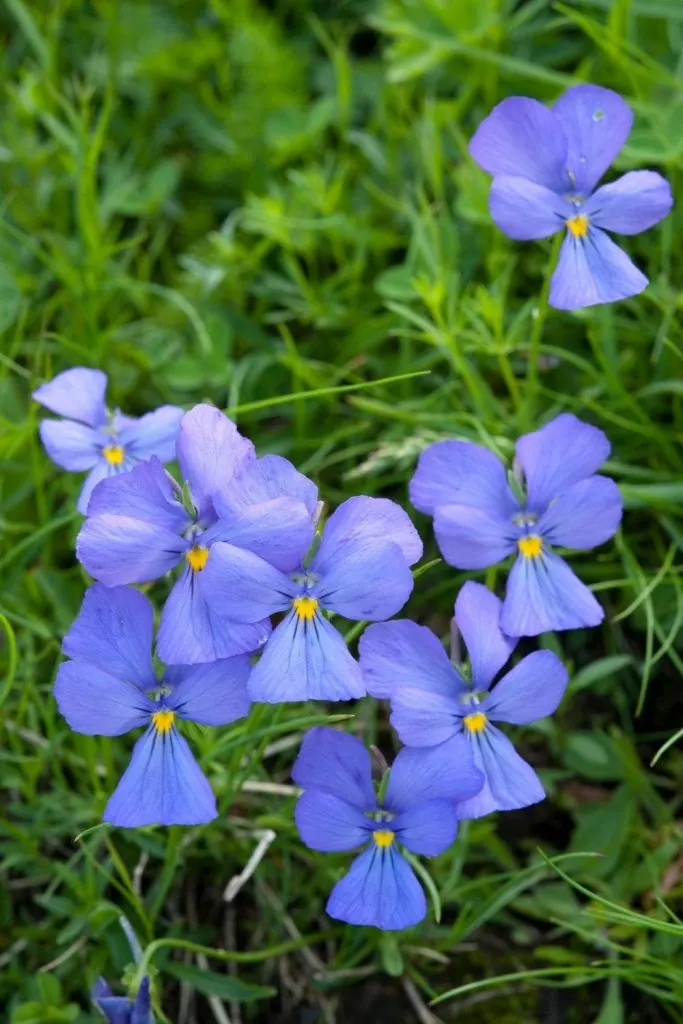
Pansies are charming, low-growing flowers with cheerful, smiling faces. This large family of flowering plants thrives in cool spring and fall weather, making them a favorite for gardeners who want a burst of color during the cooler months.
Garden pansies (Viola × wittrockiana) are one of the most popular varieties, blooming continuously until frost. Native species like the Bird’s Foot Violet (V. pedata) and Wild Pansy (V. tricolor) make excellent additions to pollinator gardens.
Pansies can self-sow in your garden, although hybrids may not reproduce true to seed. Sow pansy seeds in fall or early spring, lightly covering them with soil. The seeds typically sprout in 20-50 days, depending on soil temperature.
• Hardiness zone: 4 to 9
• Sunlight: Full sun to partial shade
• Bloom time: April to October
• Attracts: Butterflies
3. Lupine (Lupinus)
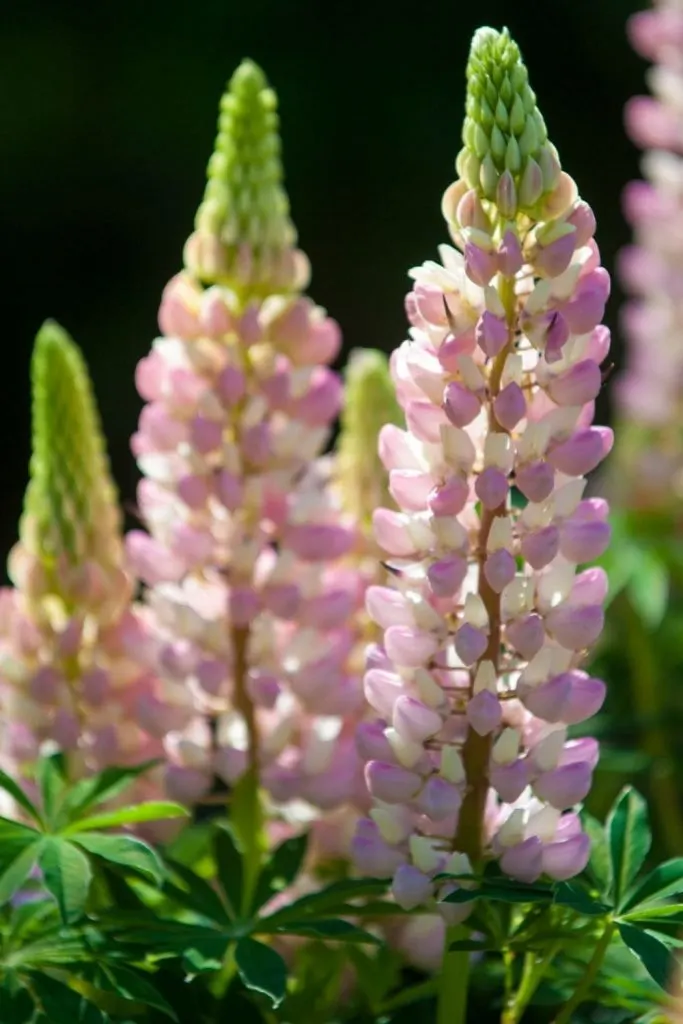
Lupines are strikingly beautiful flowers that grace the garden in late spring with tall, colorful spires. Their vibrant blooms range from white, pink, and yellow to deep red, blue, and purple.
Lupines aren’t just eye-catching—they’re also practical. As members of the legume family, they fix nitrogen in the soil, improving its fertility.
Most lupine species are native to North America. Hybrid varieties have been developed for their vigor and vivid colors. Before planting, soak the seeds for 24 hours to speed up germination. Plant them in early spring, and expect blooms in the second year.
• Hardiness zone: 4 to 7
• Sunlight: Full sun
• Bloom time: May to July
• Attracts: Butterflies and bees
4. Sweet Pea (Lathyrus odoratus)
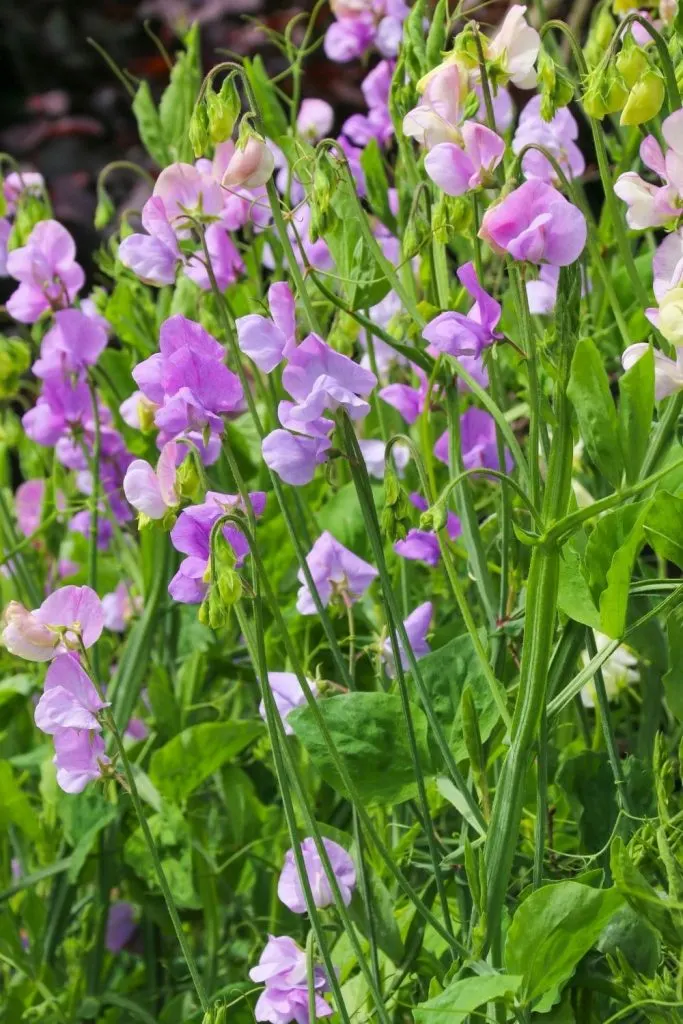
Sweet peas are intensely fragrant annuals that produce stunning, winged blooms in a range of colors. These climbers are perfect for trellises, adding vertical interest to your garden.
Sweet peas are best grown in cooler climates, as they tend to wilt in hot, humid conditions. Mulching the soil helps extend their bloom period by keeping the roots cool.
For the best germination results, soak the seeds for 24 hours before planting them outdoors. In zones 7 and below, sow in late winter or early spring; in warmer zones, plant them in late fall.
• Hardiness zone: 2 to 11 (annual)
• Sunlight: Full sun
• Bloom time: May to September
• Attracts: Bees and butterflies
5. Poppy (Papaver)
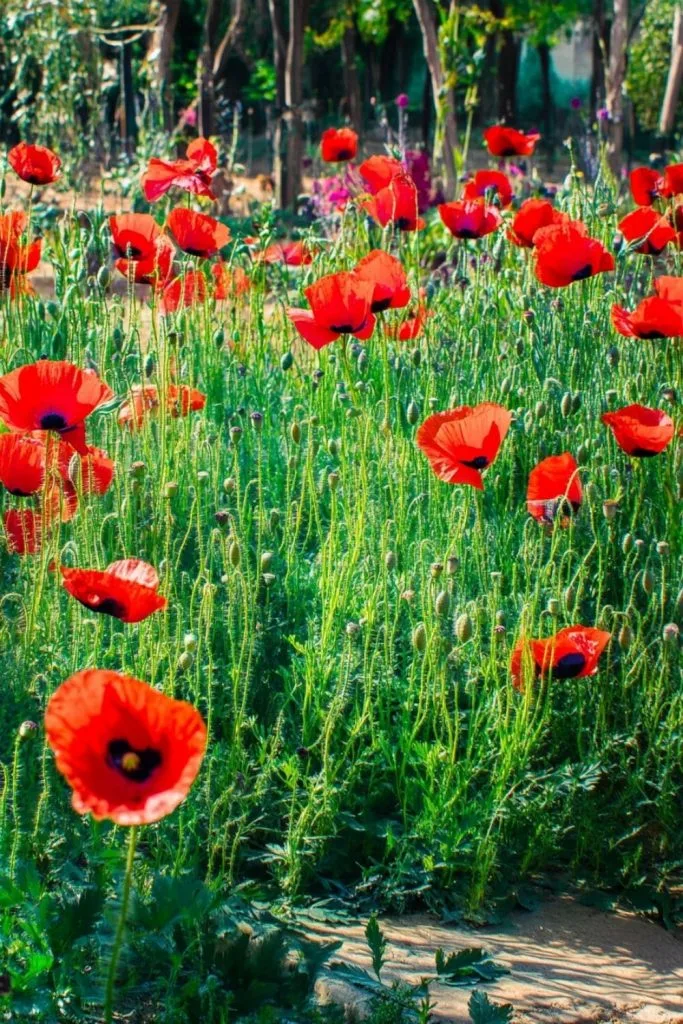
Poppies are hardy wildflowers that require little effort to grow. Once established, they self-seed and spread beautifully across your garden year after year.
Sow poppy seeds directly on the soil’s surface in early spring. You don’t need to cover them, as they need light to germinate. They sprout within 20-30 days.
• Hardiness zone: 4 to 9
• Sunlight: Full sun
• Bloom time: June to August
• Attracts: Butterflies and bees
6. Coneflower (Echinacea)
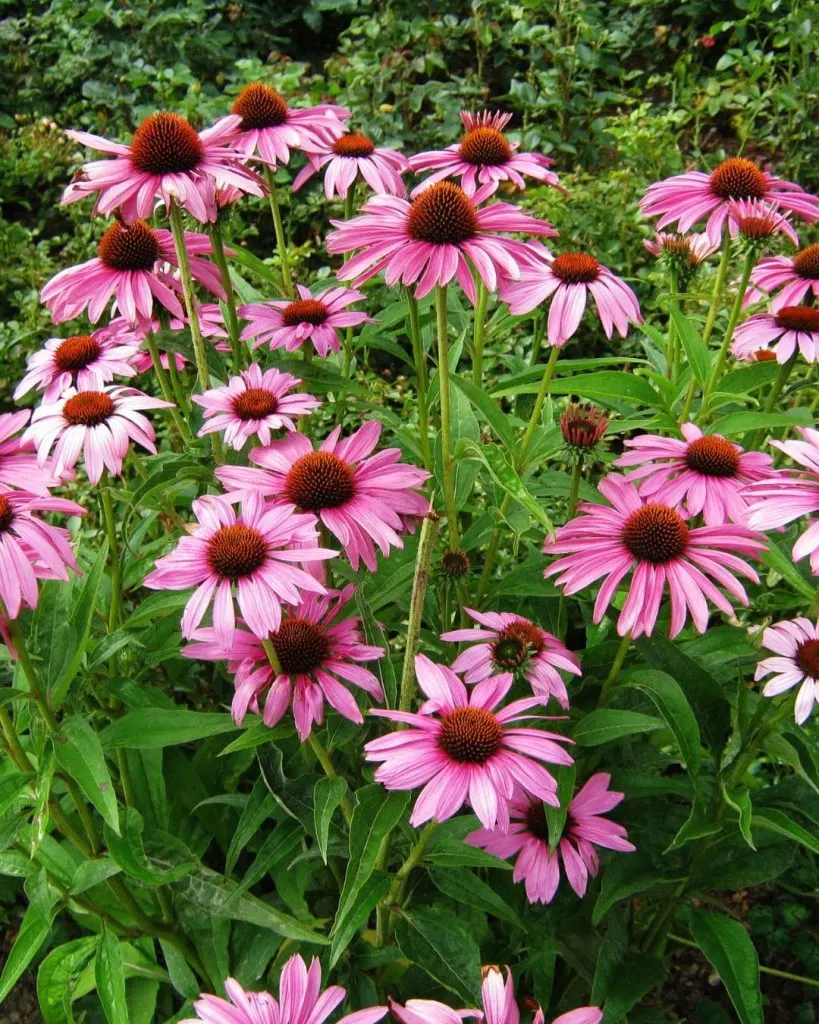
Coneflowers are tough, native perennials that thrive on neglect. Their daisy-like blooms last all season, attracting pollinators while providing food for birds in the fall.
Sow coneflower seeds in early spring or autumn. Lightly cover them with soil and expect seedlings in 10-21 days.
• Hardiness zone: 4 to 9
• Sunlight: Full sun to light shade
• Bloom time: June to August
• Attracts: Butterflies, birds, and bees
7. Moss Rose (Portulaca grandiflora)
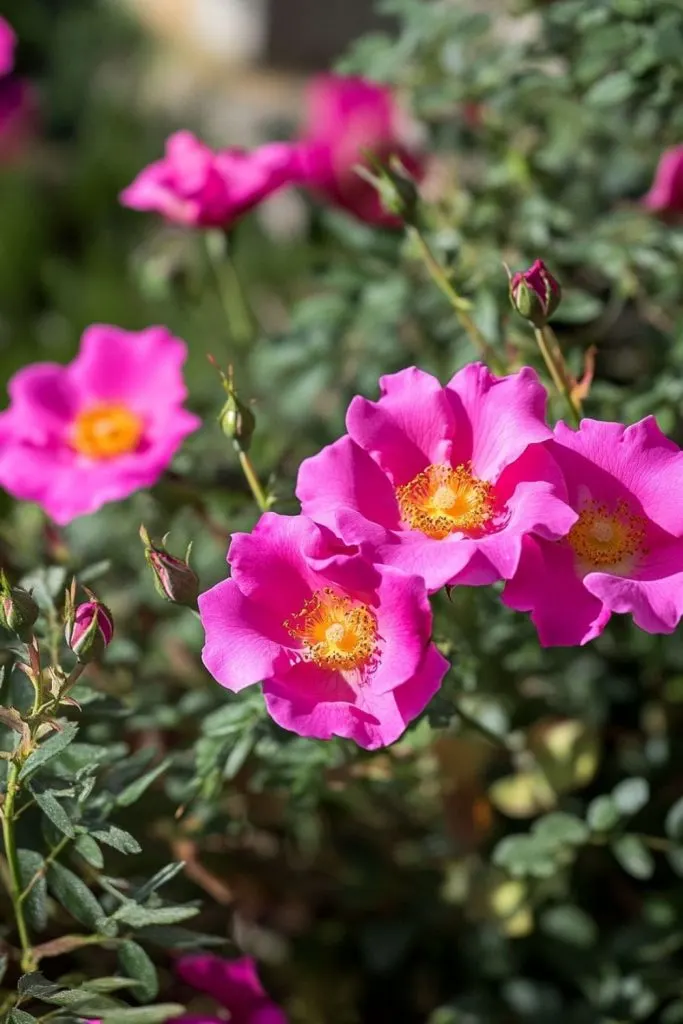
Moss roses are drought-tolerant ground cover plants that produce a stunning display of brightly colored blooms throughout the growing season.
Sow the seeds after the last frost. Since they need light to germinate, barely cover them with soil. Moss rose seeds sprout about 14 days after planting.
• Hardiness zone: 2 to 11 (annual)
• Sunlight: Full sun
• Bloom time: June to frost
• Attracts: Bees
8. Zinnia (Zinnia elegans)
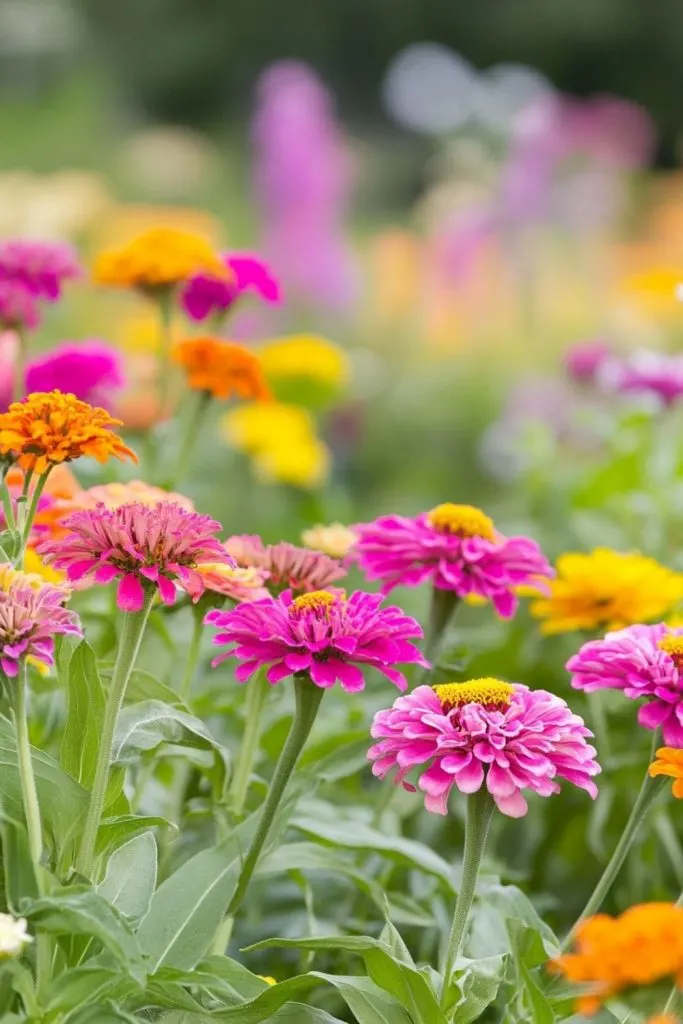
Zinnias are fast-growing, heat-tolerant annuals that bloom continuously from early summer to the first frost. Their wide range of colors and sizes makes them a versatile choice for any garden.
Sow zinnia seeds directly in the garden after the last frost, and expect seedlings in 5-24 days.
• Hardiness zone: 2 to 11 (annual)
• Sunlight: Full sun
• Bloom time: June to frost
• Attracts: Birds and butterflies
9. Morning Glory (Ipomoea)
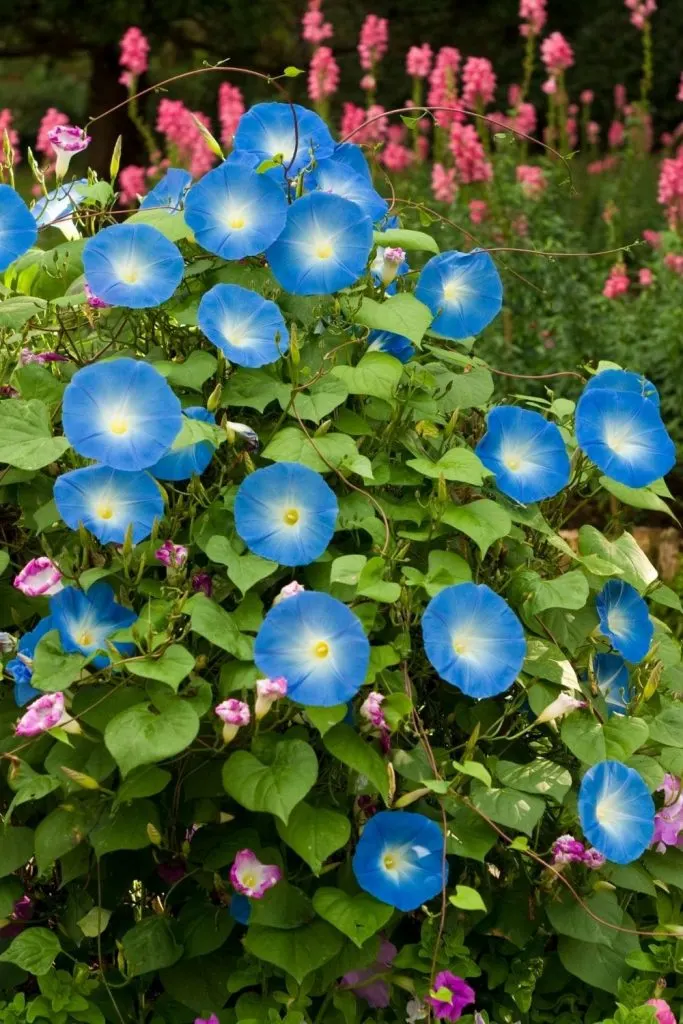
Morning glories are fast-growing vines that can quickly cover arbors, trellises, or fences with their heart-shaped leaves and trumpet-shaped flowers.
Sow the seeds outdoors in early spring, and expect blooms to start in late summer.
• Hardiness zone: 2 to 11 (annual)
• Sunlight: Full sun
• Bloom time: June to October
• Attracts: Butterflies
10. Common Sunflower (Helianthus annuus)
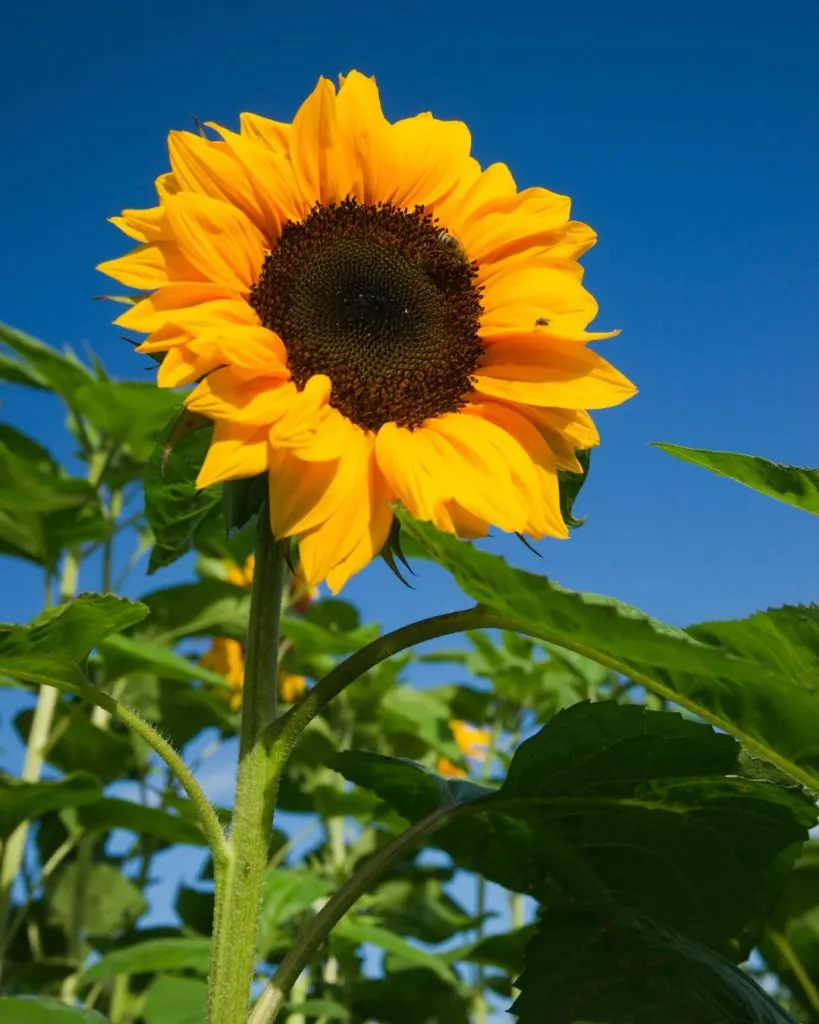
Nothing captures summer like the towering common sunflower. These fast-growing, iconic plants are easy to grow and require minimal care.
Sow the seeds in full sun after the last frost. They’ll germinate in about 7 days, with large, cheerful blooms appearing in late summer.
• Hardiness zone: 2 to 11 (annual)
• Sunlight: Full sun
• Bloom time: July to August
• Attracts: Birds, bees, and butterflies
